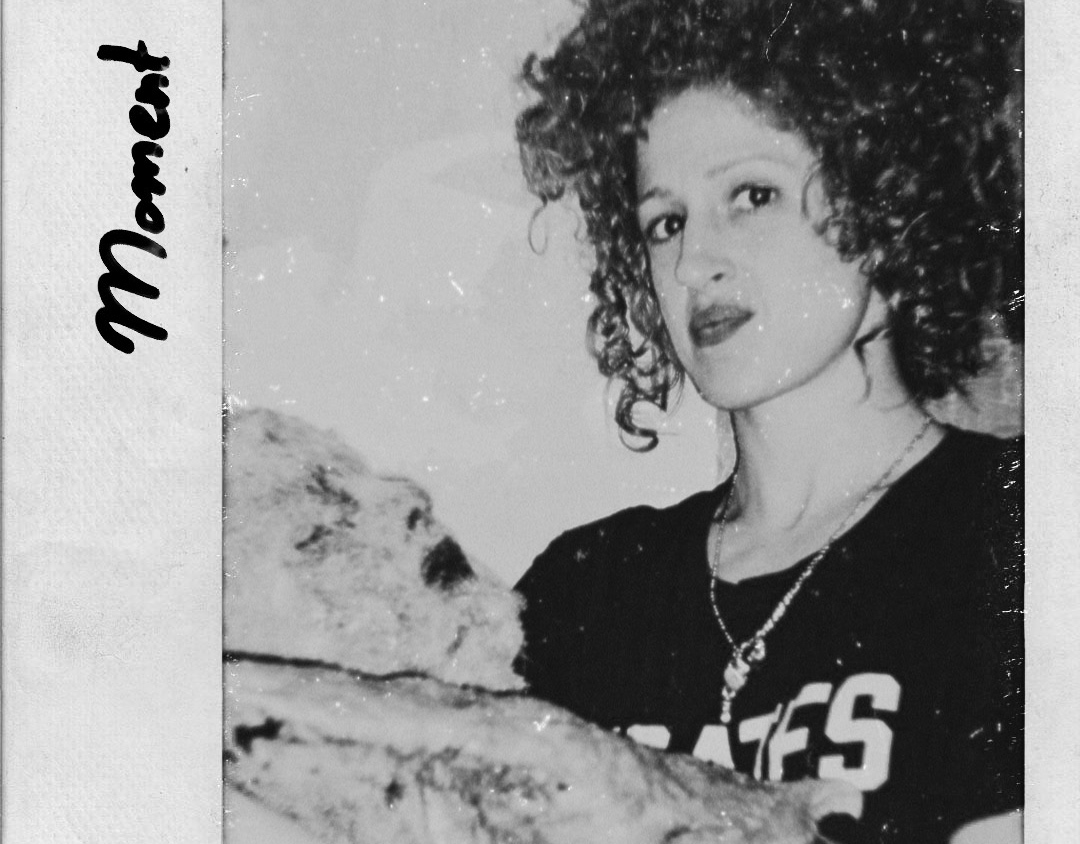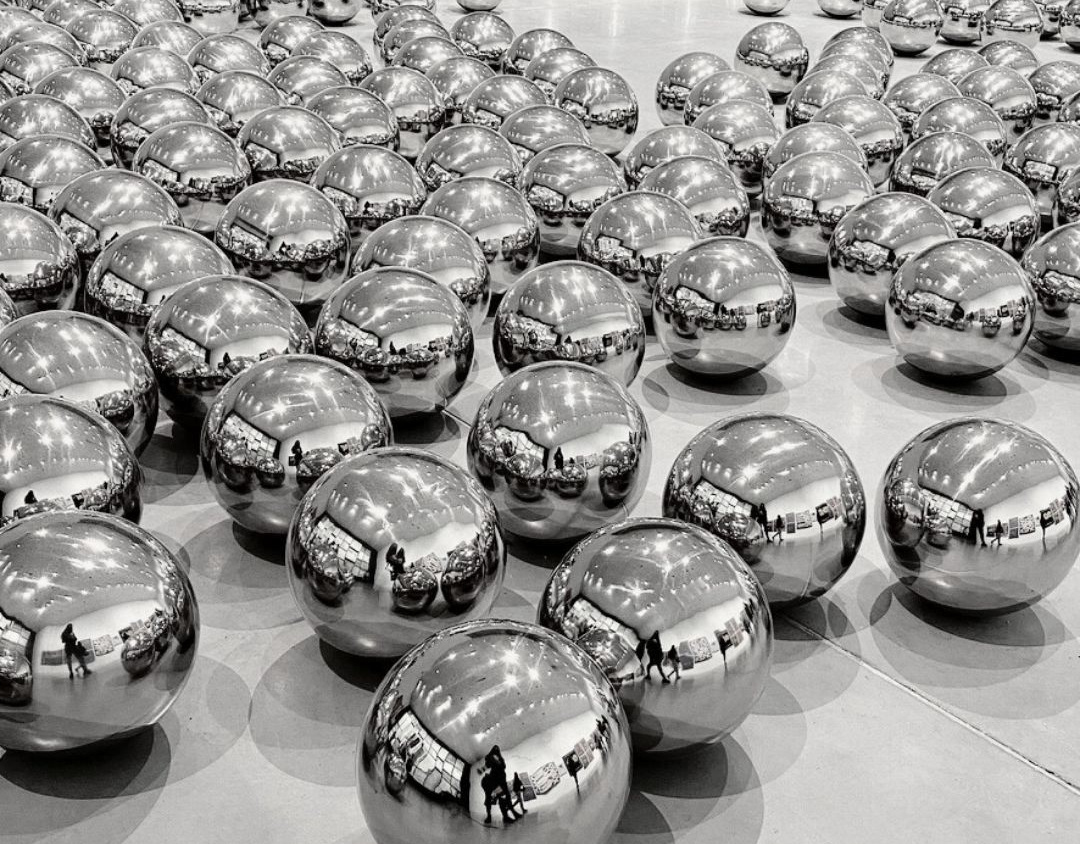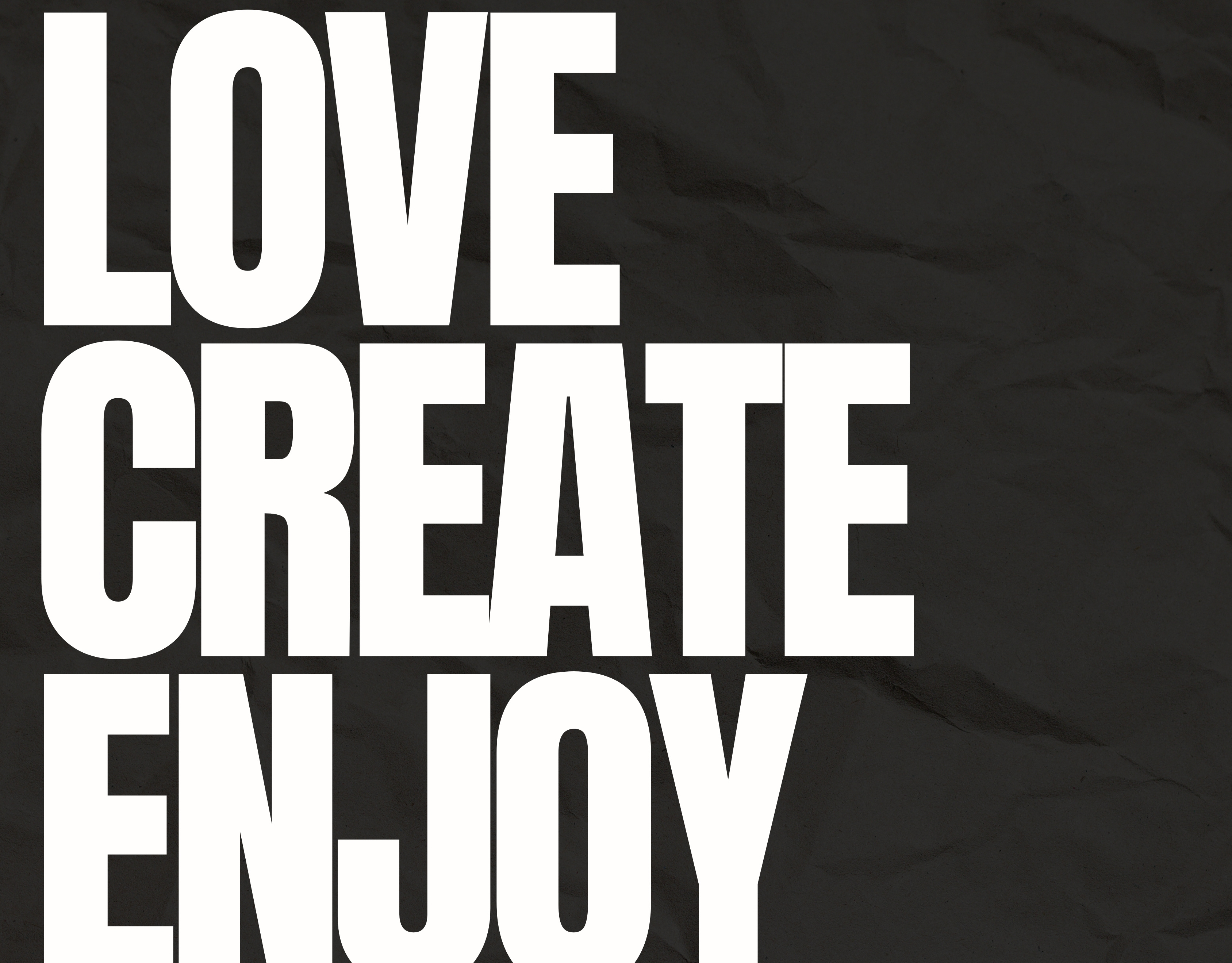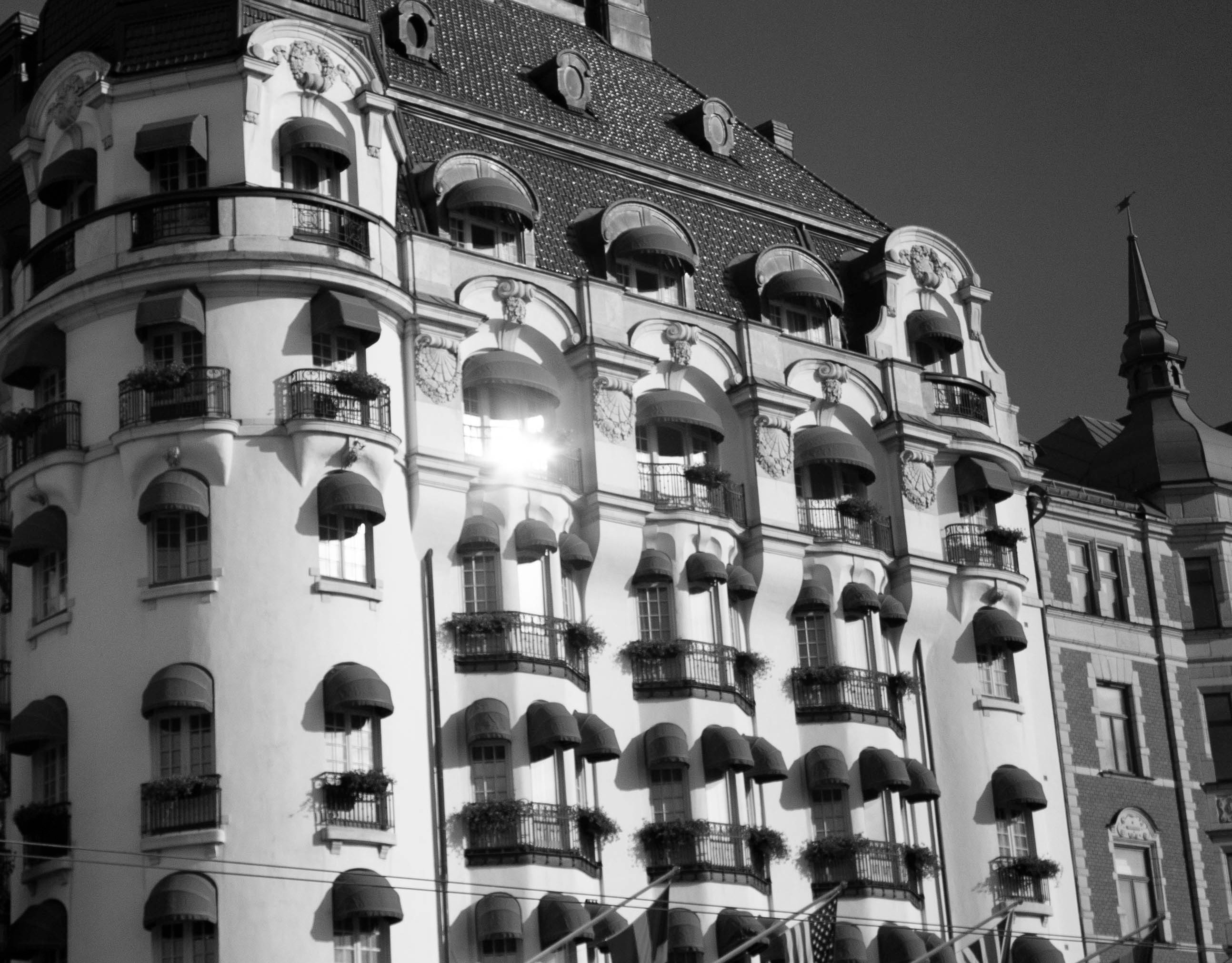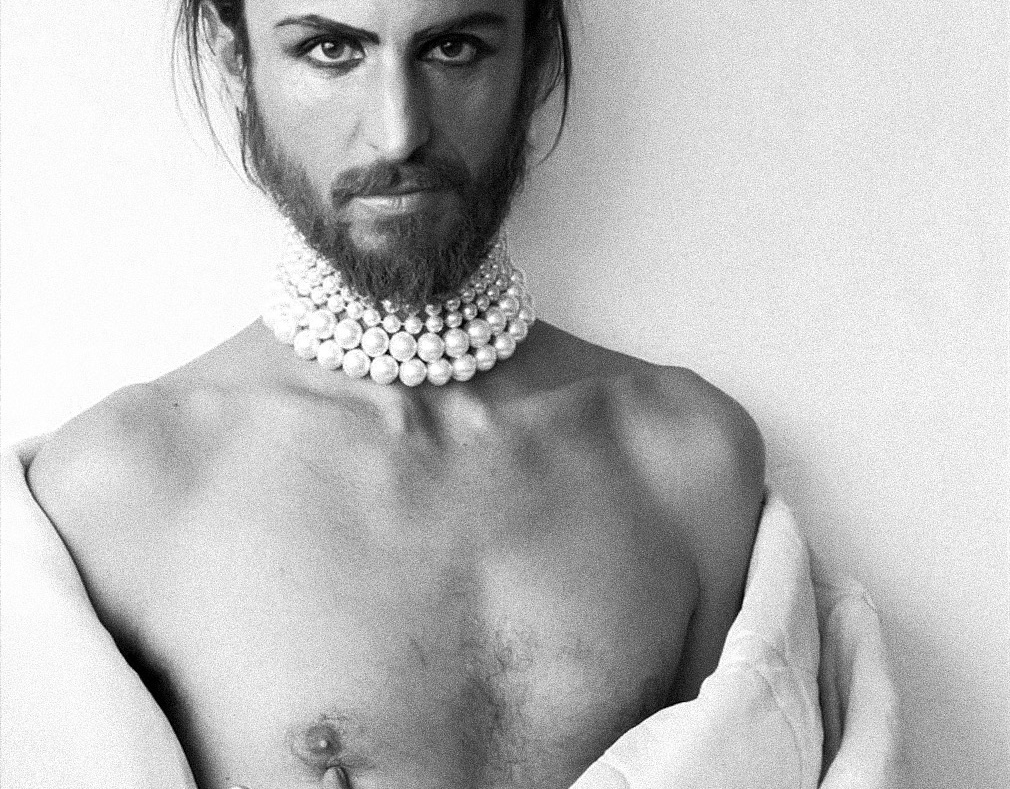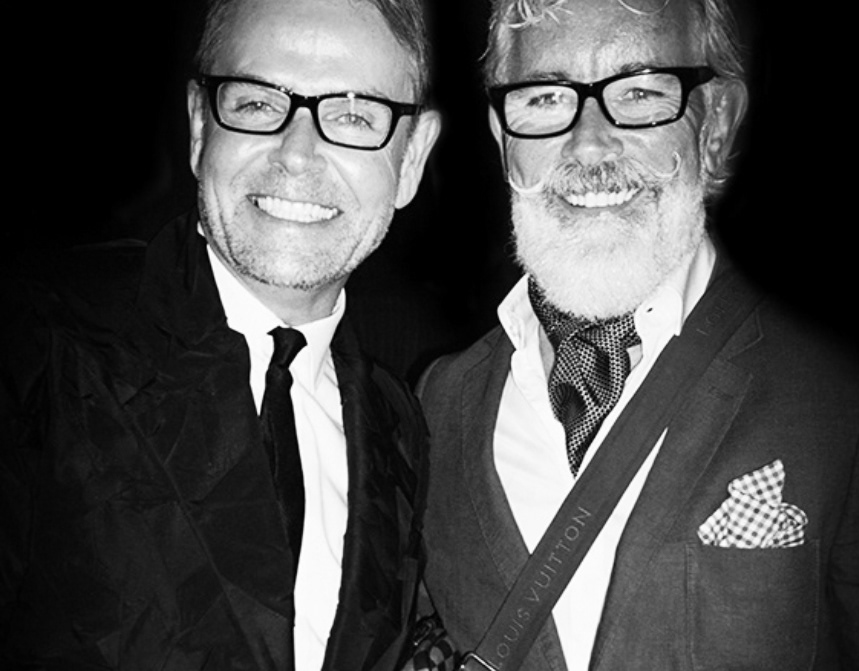What is ‘lifestyle’ design?
Lifestyle refers to how a person or group lives, including their habits, attitudes, behaviors, and activities.
It encompasses everything from the food they eat and the clothes they wear to their hobbies, interests, and social relationships.
Lifestyle design is the practice of shaping your life to align with your values, passions, and goals.
It involves creating a life that is fulfilling and enjoyable, rather than just following societal expectations or the status quo.
Lifestyle design can involve a variety of strategies, including:
* Creating passive income streams that allow you to work less and focus on your passions
* Traveling and exploring new cultures while working remotely
* Simplifying your possessions and living a minimalist lifestyle
* Pursuing hobbies and interests that bring you joy and fulfillment
* Building strong relationships with friends and family
* Prioritizing self-care and personal development
* Finding work that aligns with your values and passions, rather than just chasing a high salary or status.
Overall, lifestyle design is about taking a proactive approach to your life and intentionally shaping it to make you happy and fulfilled.
Exploring the Kaleidoscope of Lifestyles
Lifestyles are as diverse as the colors of a rainbow, each shade representing a unique blend of choices and preferences.
From the minimalist who embraces simplicity to the digital nomad who traverses the globe, there's a lifestyle for every chapter of life.
Delve into the myriad styles that encompass health, sustainability, career, spirituality, and more. Discovering these options is akin to trying on different outfits until you find the one that fits perfectly.
Here are some examples:
* Healthy lifestyle *
This lifestyle focuses on maintaining physical and mental health through regular exercise, a balanced diet, adequate sleep, stress management, and other health-promoting practices.
* Minimalist lifestyle *
This lifestyle involves simplifying one's possessions and focusing on essentials to reduce stress, save money, and live more sustainably.
* Digital nomad lifestyle *
This lifestyle involves working remotely while traveling the world, often relying on technology to stay connected and productive.
* Sustainable lifestyle *
This lifestyle focuses on reducing one's environmental impact by using eco-friendly products, conserving energy and water, reducing waste, and supporting sustainable practices.
* Frugal lifestyle *
This lifestyle involves living within one's means, avoiding debt, and finding ways to save money on everyday expenses.
* Family-oriented lifestyle *
This lifestyle prioritizes spending time with family and building strong relationships, often at the expense of career or personal ambitions.
* Career-focused lifestyle *
This lifestyle prioritizes career success and advancement, often at the expense of personal relationships and work-life balance.
* Spiritual lifestyle *
This involves prioritizing spiritual practices and beliefs, such as meditation, yoga, or religious practices.
* Entrepreneurial lifestyle *
This involves running a business or working as a freelancer, often with a flexible schedule and the ability to work remotely.
* Urban lifestyle *
This involves living in a densely populated urban area with access to cultural amenities, entertainment, and a fast-paced lifestyle.
* Rural lifestyle *
This involves living in a more remote, rural area, with a slower pace of life and a closer connection to nature.
These are just a few examples of the many different lifestyles that people may adopt, and individuals may combine elements of different lifestyles to create a unique way of living that works for them.
Designing Your Unique Tapestry
Crafting your own lifestyle is an empowering journey that involves introspection, choice, and action. Like a fashion designer carefully selecting fabrics, textures, and colors, you have the power to curate your life's elements.
This journey requires you to identify your values, set meaningful goals, and intentionally make choices that resonate with your inner compass.
Designing or changing a lifestyle can be challenging, but it is possible with the right mindset and strategies. Here are some steps you can take to change your lifestyle:
1. Assess your current lifestyle
Evaluate your current lifestyle and identify areas that you would like to improve or change. This could involve looking at your daily habits, your work-life balance, your relationships, or your self-care practices.
2. Look for inspiration outside or on the Internet
Study different cultures, and follow different people who live values that inspire creativity in your thinking and the joy of life.
3. Identify your goals
Before making any changes, it's important to identify your goals and the lifestyle changes that will help you achieve them. This could involve setting specific, measurable, and realistic goals that align with your values and priorities. Break down your goals into smaller, actionable steps that you can take on a daily or weekly basis.
4. Start small
Making big changes all at once can be overwhelming and unsustainable. Instead, start by making small changes that you can stick to. For example, if your goal is to exercise more, start by taking a short walk every day and gradually increase the duration and intensity of your workouts.
5. Create a plan
Once you've identified your goals and the changes you want to make, create a plan that outlines the steps you'll take to achieve them. This could involve setting a schedule, tracking your progress, and seeking support from friends, family, or a professional.
6. Be patient and persistent
Lifestyle changes take time and effort, and it's normal to experience setbacks along the way. Be patient with yourself and focus on making progress, even if it's slow. Remember that consistency is key, and small steps over time can lead to big changes.
7. Celebrate your successes
Celebrate your achievements along the way, no matter how small. This can help keep you motivated and reinforce your commitment to your new lifestyle.
Remember that changing a lifestyle is a process, and it's important to approach it with kindness, patience, and perseverance.
Closing Thoughts: Designing Your Life's Masterpiece
In a world that often demands conformity, embracing lifestyle design is an act of liberation.
It's a journey that invites you to cast aside societal expectations and create a life that's uniquely yours. As you design your lifestyle, remember that it's not about perfection but rather about authenticity.
It's about making choices that resonate with your heart and lead you toward a life of purpose and joy.
Just as a fashion designer brings their artistic vision to life on the runway, you have the power to design your life's masterpiece. By infusing intention, passion, and mindfulness into each choice, you can create a life that's a true reflection of your innermost desires.
So, go forth with the knowledge that you are the architect of your destiny, the curator of your experiences, and the designer of your own unique lifestyle.
Whether your path is adorned with simplicity or vibrancy, adventure or tranquility, may it be a life well-lived—a life that's tailor-made for you.

